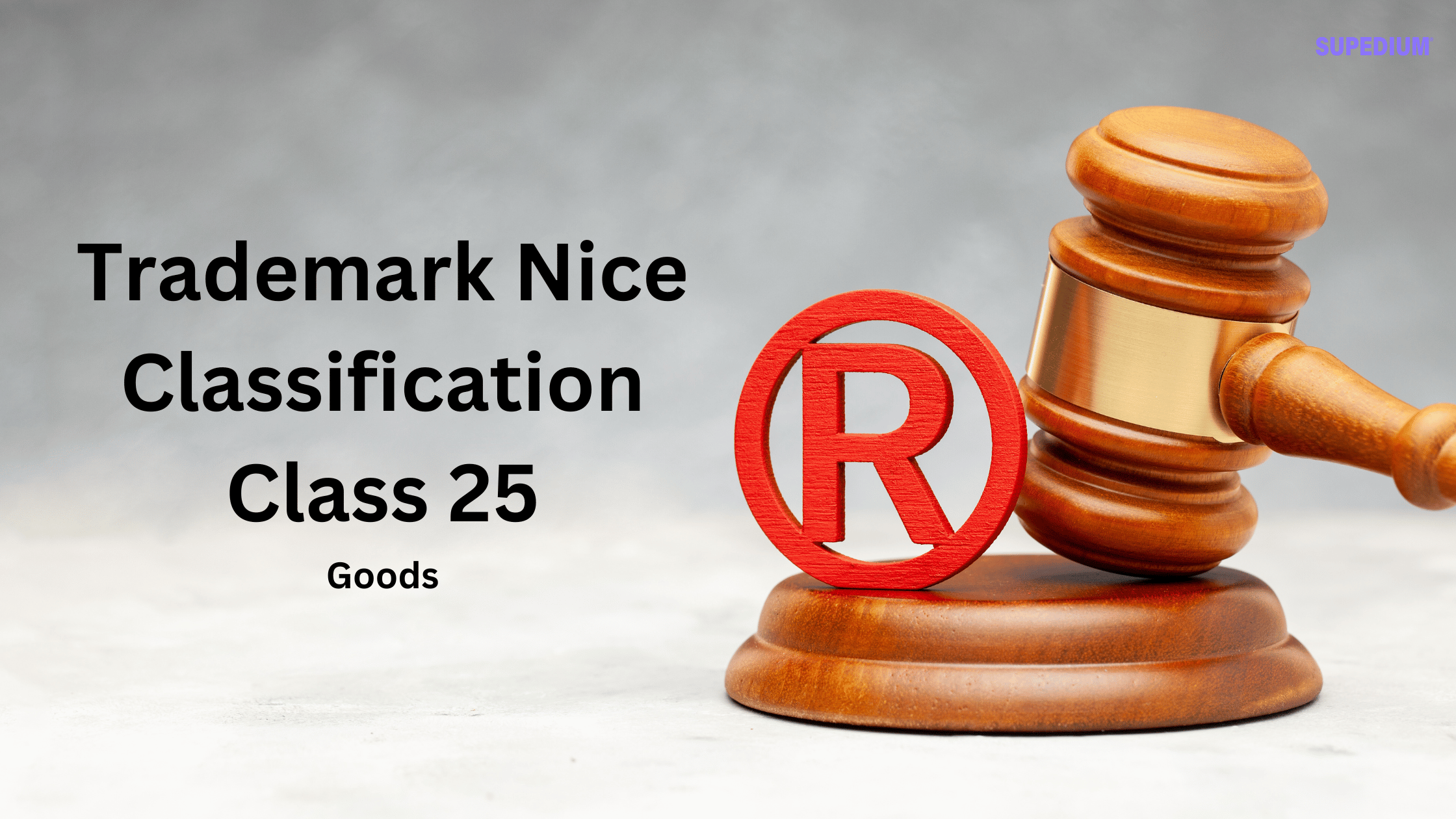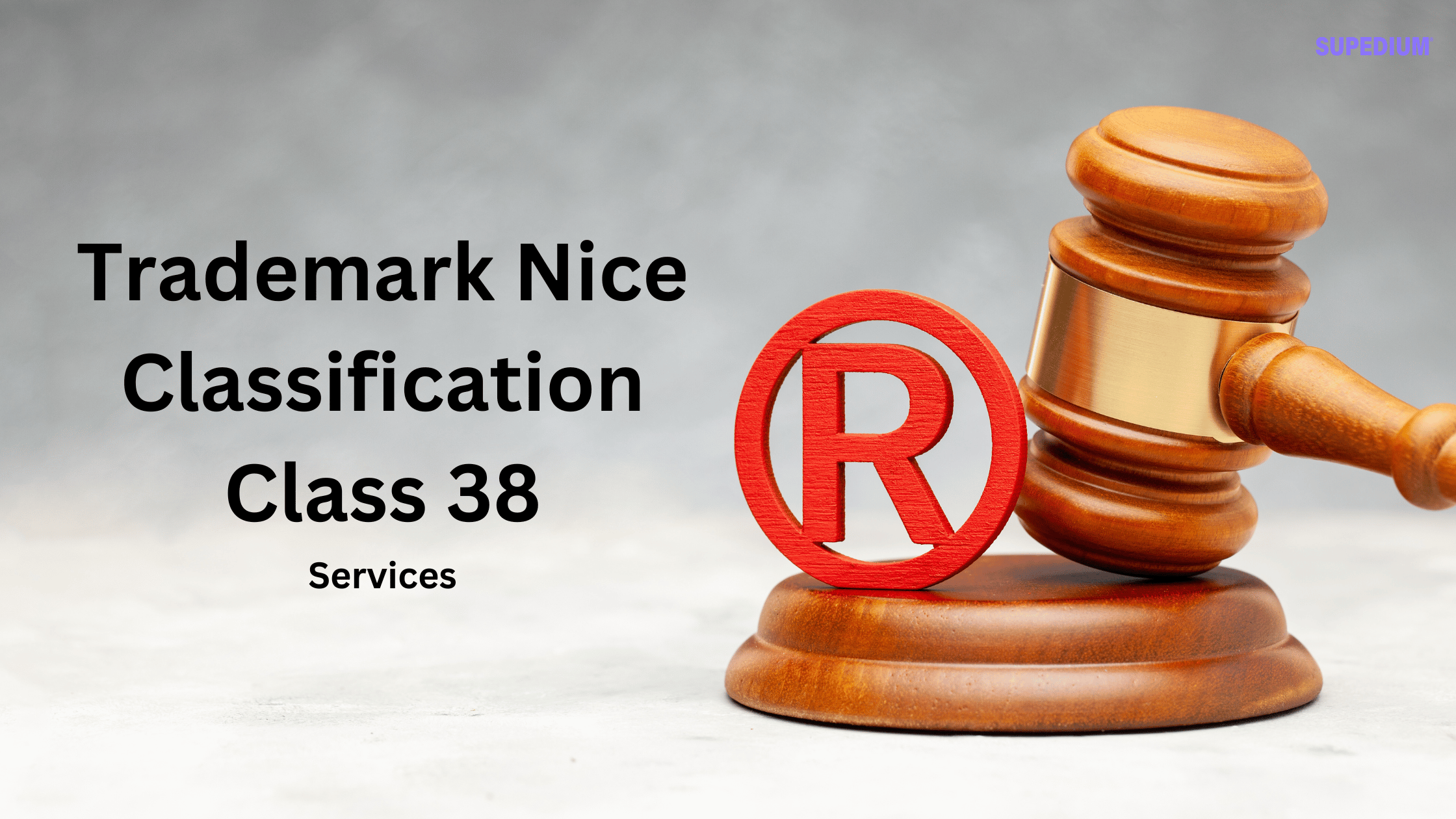Table of Contents
![]()
I. Introduction
The Nice Classification System is an international system used to categorize goods and services for the registration of trademarks. It simplifies the trademark application process by allowing businesses to identify the appropriate class for their products. Among these classes, Class 25 holds significant relevance as it pertains to clothing, footwear, and headwear. This article explores the scope of Class 25, detailing what is included, what is excluded, and the implications for businesses seeking trademark registration in this category.
II. Overview of Class 25
A. Definition and Scope
Class 25 primarily encompasses clothing, footwear, and headwear designed for human beings. This broad category is essential for businesses in the fashion and apparel industry, as it covers a wide array of products that fall under these three main categories.
B. Key Categories Included
Class 25 is divided into three primary areas:
- Clothing for Human Beings: This includes a vast range of garments, from everyday wear to specialized outfits.
- Footwear: All types of shoes, boots, and other footgear are included in this classification.
- Headwear: This encompasses various types of hats, caps, and other head accessories.
III. Specific Items Covered in Class 25
A. Main Categories of Goods
Class 25 includes an extensive variety of items:
- Clothing Types: This encompasses everything from casual wear to formal attire, including shirts, pants, dresses, and outerwear.
- Footwear Types: All kinds of footwear, from casual shoes to specialized athletic footwear, fall under this category.
- Headwear Types: Various styles of hats and caps, from beanies to sun hats, are included.
B. Parts of Clothing and Footwear
Class 25 also covers specific components related to clothing and footwear, including:
- Cuffs, Pockets, and Linings: These are essential parts that enhance the functionality and design of garments.
- Specialized Items: This includes cap peaks and hat frames, which are critical for the structure and style of headwear.
C. Sports-related Clothing and Footwear
Class 25 is particularly notable for including a wide range of sports-related items. Examples include:
- Ski Gloves: Designed for winter sports, offering both warmth and grip.
- Sports Singlets: Lightweight and breathable, ideal for athletic performance.
- Uniforms: Specific clothing for activities like judo, karate, and football, emphasizing functionality and comfort.
D. Specialty Items
Additional unique items classified under Class 25 include:
- Masquerade Costumes: Clothing specifically designed for themed events and celebrations.
- Paper Clothing and Hats: Items made of paper for use in specific contexts, such as parties or artistic expression.
- Footmuffs and Bibs: Non-electrically heated footmuffs and fabric bibs that serve practical purposes.
IV. Items Excluded from Class 25
While Class 25 covers a wide range of products, it also has specific exclusions that businesses must be aware of.
A. Small Hardware Items
Items related to shoemaking, such as:
- Shoe Pegs and Dowels: These are categorized under Class 6 (metal) or Class 20 (non-metal).
- Haberdashery Accessories: Fastenings like clasps, buckles, and zippers are classified under Class 26.
B. Special Use Clothing and Footwear
Certain items for specialized purposes do not fall under Class 25, including:
- Protective Gear: Items such as helmets and fire-resistant clothing are categorized under Class 9.
- Orthopedic Footwear: Classified under Class 10, this footwear serves medical purposes.
- Specific Sports Gear: Essential items for certain sports, like boxing gloves or ice skates, are placed under Class 28.
C. Electrically Heated Items
Class 25 does not include:
- Electrically Heated Clothing and Footmuffs: These are classified under Class 11, emphasizing their technological components.
D. Other Exclusions
Additional exclusions include:
- Animal Clothing: This falls under Class 18, which covers items for pets.
- Dolls’ Clothes and Paper Party Hats: These items are categorized under Class 28.
V. Practical Implications for Trademark Applicants
A. Importance of Correct Classification
For businesses seeking trademark registration, accurately classifying goods is crucial. Misclassification can lead to complications during the application process or potential legal disputes.
B. Potential Risks of Misclassification
Failing to properly classify goods can result in rejection of the trademark application, limiting brand protection and hindering business growth.
C. Guidance for Businesses in Class 25
To navigate Class 25 effectively, businesses should:
- Conduct thorough research to understand what items are included and excluded.
- Consult with trademark professionals if uncertain about classification.
- Ensure that all products are appropriately categorized to safeguard their brand.
VI. Conclusion
Class 25 of the Nice Classification System plays a vital role in trademark registration for the clothing, footwear, and headwear industries. By understanding what items are included and excluded, businesses can make informed decisions about their trademark applications. As the fashion industry continues to evolve, maintaining accurate classification is essential for protecting intellectual property and fostering brand growth in a competitive marketplace.
Share This





Be the first to comment